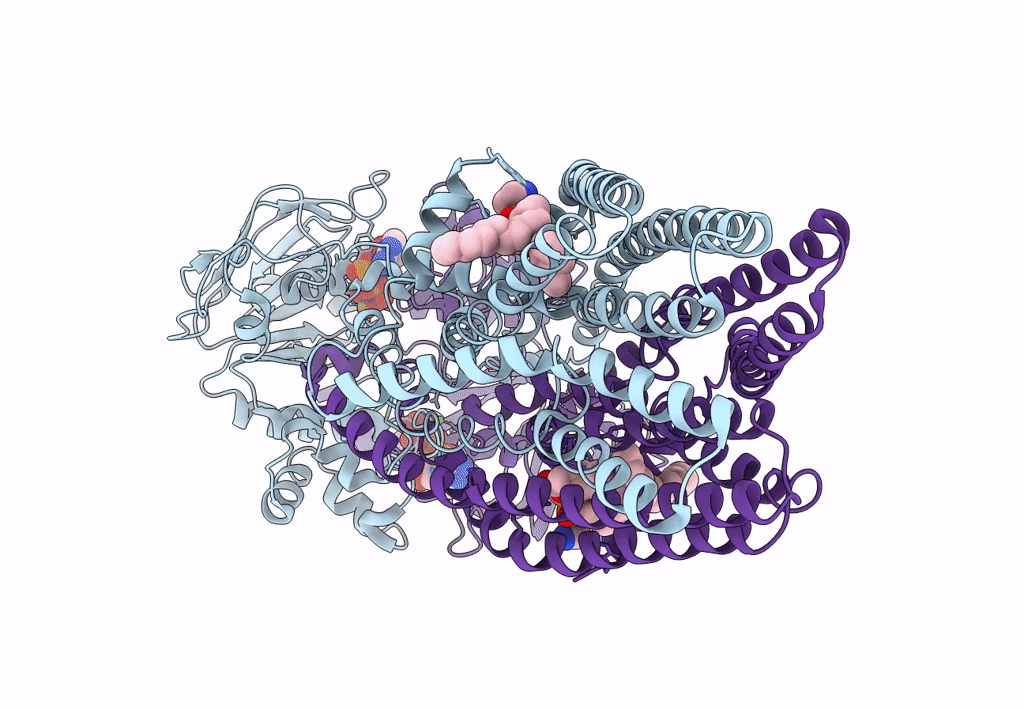
Deposition Date
2023-07-26
Release Date
2023-10-04
Last Version Date
2023-10-04
Entry Detail
PDB ID:
8K7B
Keywords:
Title:
post-occluded structure of human ABCB6 W546A mutant (ADP/VO4-bound)
Biological Source:
Source Organism:
Homo sapiens (Taxon ID: 9606)
Host Organism:
Method Details:
Experimental Method:
Resolution:
3.90 Å
Aggregation State:
PARTICLE
Reconstruction Method:
SINGLE PARTICLE


